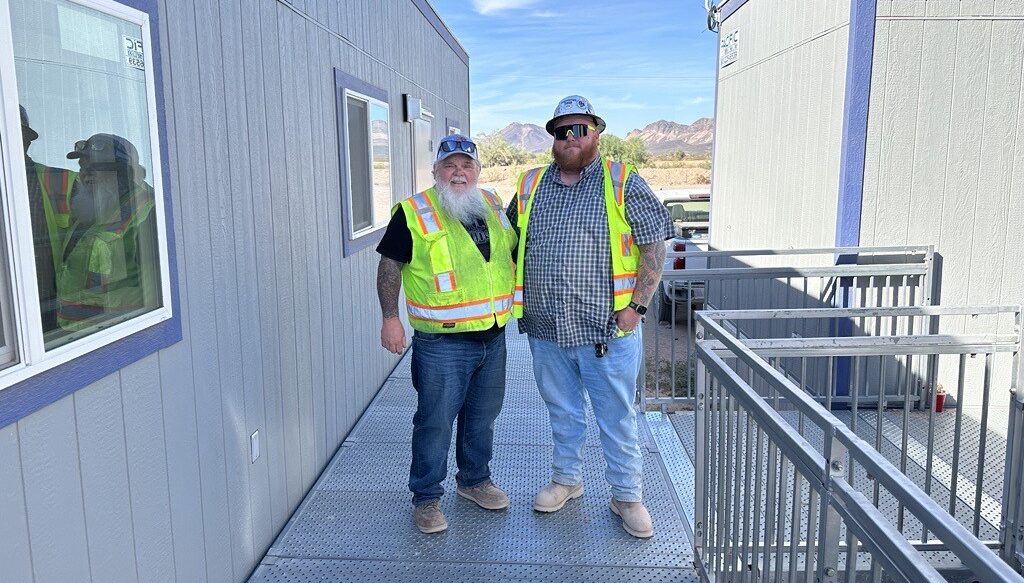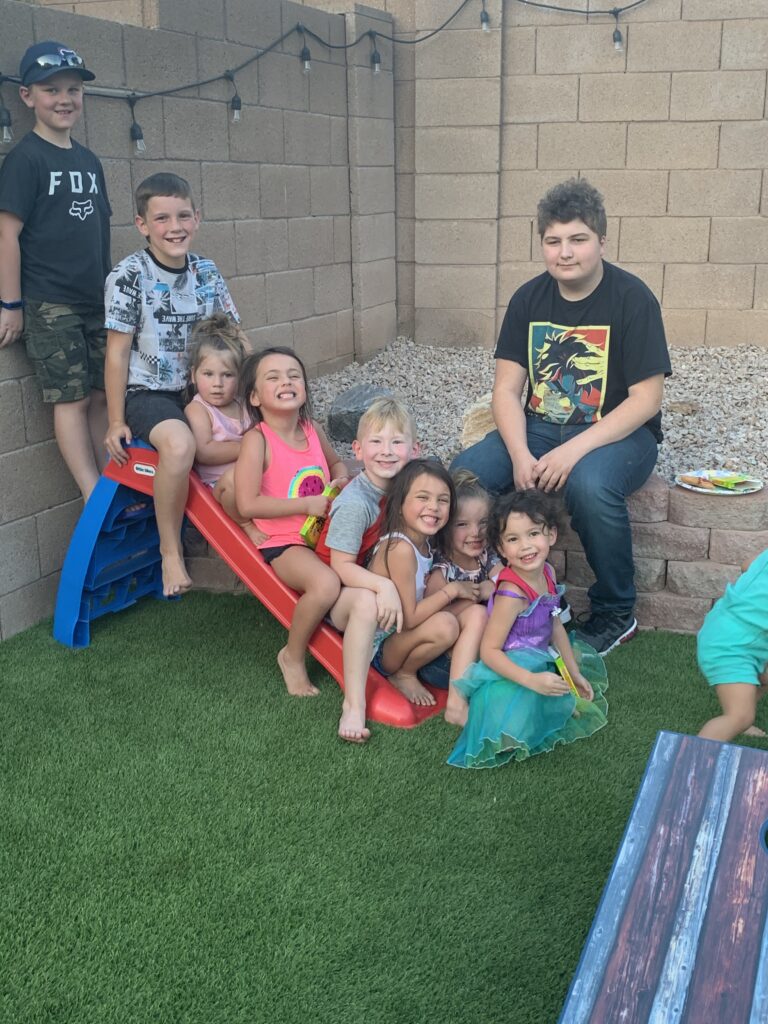When safety is a family affair
by RES | Jun 20, 2024 | Reading time: 4 min

“I had to hear second hand through my mom that, ‘Hey, this is what’s happened to your dad, and there’s a chance that he’s not going to make it through it,’” Bryce Hartman recalls about the day he almost lost his father.
Bryce has spent the last 11 years at RES, seven in the field. He’s worked for various parts of the business, but he discovered his passion when he switched to the operations side of the business, where he currently works as a substation superintendent. Bryce wasn’t always passionate about his career; in fact, he, “for a long time had a disdain for the job.”
For the Hartmans, working for RES is a family affair. Bryce’s father, Chris Hartman, has been with RES for 22 years, and has over 45 years in the industry as a lineman. In 2007, Chris was electrocuted while working on a transformer and was airlifted to UC Davis, where he spent 10 days in the burn center.
Bryce, only 10 years old at the time, recalls the day of the incident. “They told him on the helicopter ride, ‘There’s a high percentage chance that you’re not going to make it through this. You know, you’re conscious enough to make a phone call right now, and we encourage you to do that,’” Bryce shares.
The consequence of complacency
Chris was working on a project in Oklahoma when he got the call about another job in California. The job required working on four live transformers ahead of a planned outage. Chris flew from Oklahoma the night before and got little sleep, but wanted to be the one to do the job as he was concerned it was too risky for his crews to perform. It was late in the day while Chris was working on the final transformer. “We had some kind of break in the coverup, something was exposed, and I was reaching to guide the wire towards the other opening, and I felt all my muscles tense up. The next thing I remember they were pulling me by my shirt to get me out of the transformer,” Chris shares.
For Bryce, this was a traumatic experience, which grew into a disdain for the job that injured his father. But, as Bryce got older, he learned more about the work his dad was performing and found inspiration in the incident.
“It inspired me to get into the field and to make a difference and try to bring that story to people, you know, talk openly and be vulnerable, so people hear these things and don’t make the same mistakes,” he adds.
After the incident, Chris spent the next 10 days in the hospital, with over 33% of his body suffering first-degree burns.
“Everything we talk about in our morning safety meetings could be tied back to that incident,” Bryce says. “He was doing a repetitive action and got complacent, he let the client and the schedule pressure him into a bad situation; he had his mind on getting home and not the task at hand.”
A fresh perspective
Through Chris’ life-changing incident, the Hartmans have forged a newfound respect for safety, and Bryce has used these lessons to teach to many employees he’s worked with throughout his career. Bryce has worked with a wide range of employees, from 19-year-olds with little experience to industry veterans with 30 years of experience.
“The new person on the job is just as hazardous as having an employee who’s been doing it for 30 years. The new person has never done it before, but the veteran who’s been here for 30 years might think they’re invincible because they’ve never been hurt,” said Bryce.
Bryce’s approach in his leadership role is hammering home a culture that is willing to speak up. He believes this is done through open communication. “I have a very open-door policy,” he says. “I try to be as authentic and open as possible with all my employees and encourage them to speak up no matter what.”
Bryce stresses the importance of leading by example so that his employees feel comfortable speaking up. He believes that no matter the situation, you have to respect your employees’ concerns.
“You have to follow through with what you’re saying and have their back, no matter what,” he shares. “It’s not worth sending them back to an unsafe situation. You can say, ‘Oh, just put your mind back at it and go back to work.’ Even if you think they are wrong, you need to sit them down and let them know they are heard.”
Bryce’s impact in his role lies in ensuring his employees have what they need on time — making sure they have a clean and conscious path of their day-to-day work. The craft employees are Bryce’s why — the reason he does what he does.
Beyond physical health
Bryce has learned many things from his dad over the years but believes he’s opened his dad’s eyes to the mental health aspect of the job.
“That’s not something that he traditionally ever would have thought about or bring to the forefront,” Bryce says of his dad. “He comes from the mindset of, ‘You just don’t talk about that side of things.’”
Mental health awareness plays an important part of Bryce’s role. “Not only do I want to make sure they are doing the work safely, but mental health is a big aspect of what I try to push.” He believes if there’s anything his dad takes away from him, it’s that it’s OK to talk about mental health. He says he knows his dad is proud of him and how he’s integrated this into his job sites.
100,000 hours
As the three-phase battery-storage project Bryce is currently on begins to wrap up work, he shared the importance of finishing strong.
“Any slight moment that you get complacent is a time where you can get injured,” he stresses. “And while those things are great to be excited about, to go home and be excited to finish up, wrapping up the project is as important as the first moment you step on site to stay as focused as possible.”
At the time of the interview, Bryce was happy to share that the project had reached 100,000 worker-hours without a recordable incident, an accomplishment that his dad is surely proud of.

Chris with Bryce as a baby.

Chris’ grandchildren